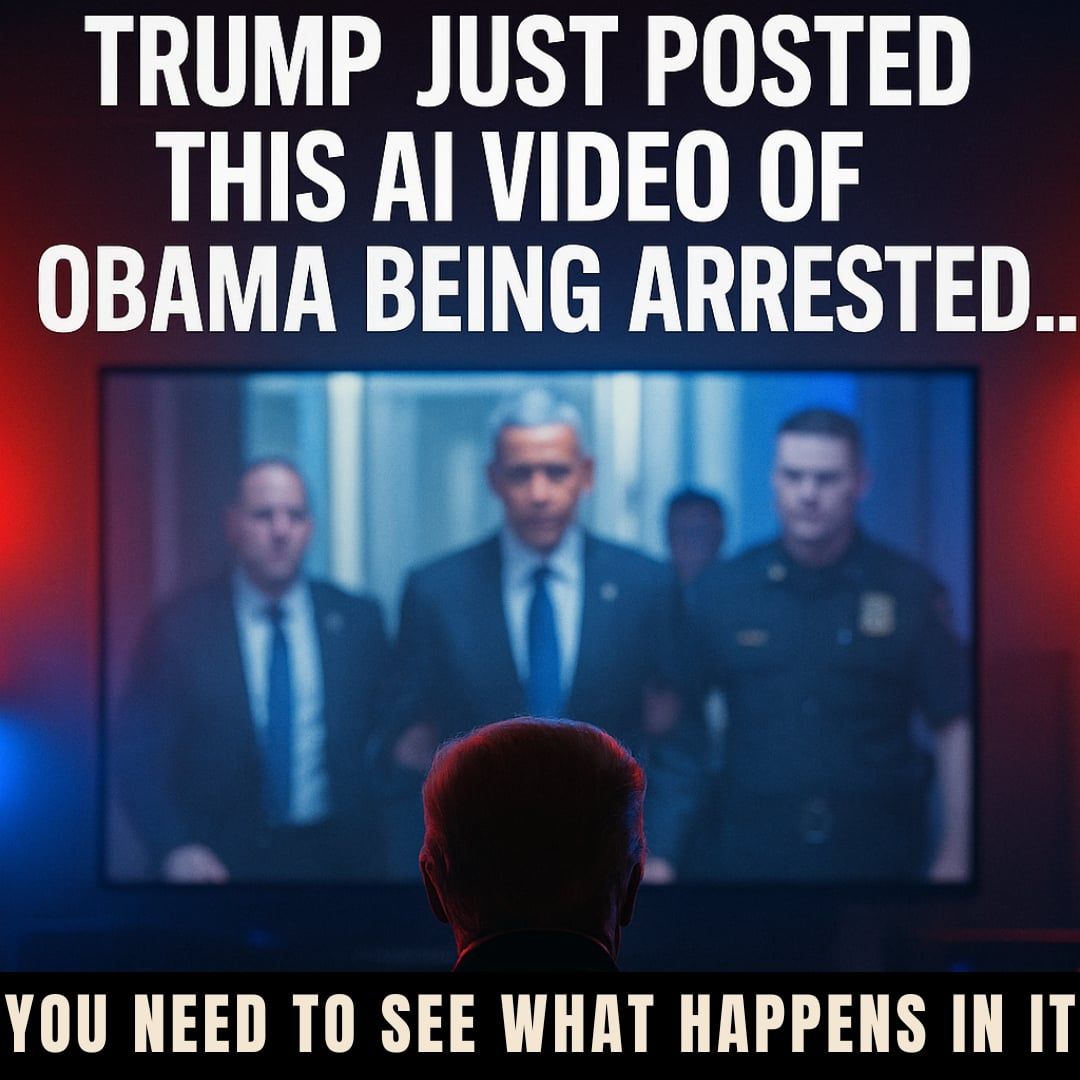Former President Donald Trump ignited widespread discussion this week after sharing a highly realistic AI-generated video showing former President Barack Obama appearing to be taken into custody by law enforcement officers. The video, which lasts just seven seconds, portrays a lifelike simulation of Obama being handcuffed—despite no such incident having taken place in reality.
The footage opens with what looks like Obama stepping out of a black SUV, only to be immediately surrounded by agents who pull his arms behind his back. Dramatic music underscores the scene, mimicking the tone of a breaking news broadcast. Trump posted the clip without any caption or clarification, leaving many to speculate about his intent—whether it was political commentary, satire, or simply a provocative post designed to draw attention.
Public reaction was swift and divided. Critics condemned the video as misleading, warning that such realistic fabrications could easily be mistaken for actual footage if viewed without context. “This kind of content makes it harder for people to trust what they see,” said Joanne Sinclair, a professor of media ethics at Stanford University. “When deepfakes depict public figures in serious situations like arrests, it blurs the line between fact and fiction.”
Supporters of the former president responded differently. Some interpreted the video as symbolic or satirical, while others referred to it as “predictive,” reflecting their own opinions about past administrations. A smaller group praised the post as a form of political commentary or media critique.
Continue reading on next page…

